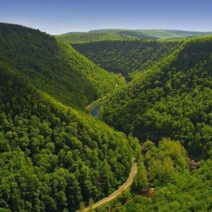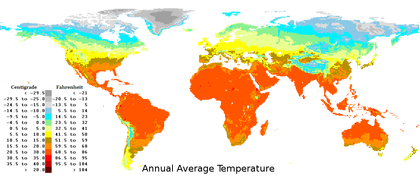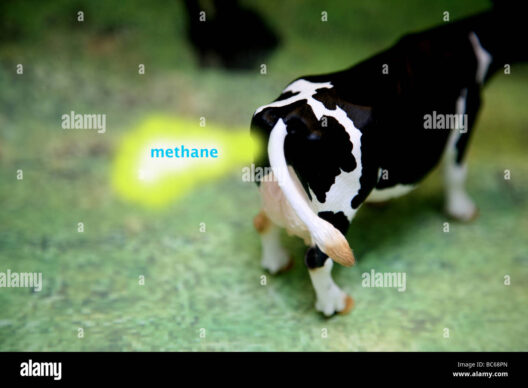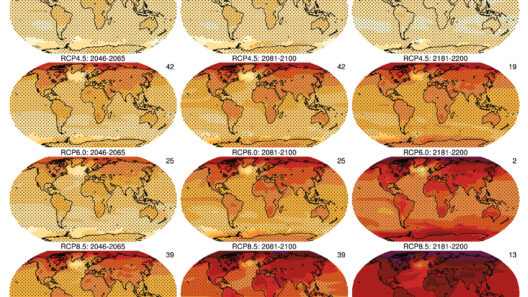Iowa, the heartland of America, is a land where rolling cornfields meet the expansive skies, creating a picturesque tableau rich in agricultural tradition. This enchanting state is notably defined by its humid continental climate, a descriptor that encapsulates its weather patterns throughout the year. In understanding Iowa’s climate, one unveils not just a meteorological profile but also a narrative of resilience and adaptation in the face of nature’s caprices.
The humid continental climate is characterized by significant seasonal temperature variations, bringing each season to vibrant life. Winters in Iowa are marked by frigid temperatures and considerable snowfall, wrapping the landscape in a shimmering blanket that glistens under the sun. The quietude of snow-laden fields evokes a sense of tranquility, transforming the cornfields into a winter wonderland. Yet beneath this serene facade, the cold months challenge both wildlife and agriculture as they await the reawakening of spring.
As winter releases its grasp, spring emerges like a symphony of rebirth. The temperatures begin to thaw, and the once-silent fields pulse with the vitality of new life. Farmers, like skilled conductors, prepare their instruments—their tractors and plows—to orchestrate the planting of corn and soybeans, Iowa’s predominant crops. This season represents hope, as every seed sown is a promise of prosperity and sustenance. However, spring can also be tempestuous; the state is susceptible to severe thunderstorms and tornadoes, adding an element of unpredictability to this otherwise idyllic narrative.
The summer months bring forth a crescendo of warmth, bathing the state in sunshine and humidity. This humid embrace is crucial for the thriving cornfields that stretch across the landscape, reminiscent of a golden ocean swaying gently under the breeze. The lush growth of crops transforms the terrain into a verdant paradise, bolstering Iowa’s reputation as the “Corn State.” However, the harmony of summer is occasionally disrupted by oppressive heat waves and the looming threat of drought, presenting challenges that demand resilience and innovation from farmers.
As autumn descends upon Iowa, the landscape undergoes a captivating metamorphosis. The cornfields, once towering and green, turn amber and brown, preparing for harvest. This season not only represents the culmination of a year of hard labor but also a visual feast of colors, as the leaves of deciduous trees burst into fiery hues, painting the backdrop with a brush of warmth. Harvest festivals celebrate the agricultural bounty, creating a communal gathering that honors the laborious cycle of planting and reaping. Yet, as the chill reigns in, the state is reminded of winter’s impending return, casting a shadow on the joy of harvest.
The unique appeal of Iowa’s climate lies in its capacity to change the narrative season by season. The adage “If you don’t like the weather, just wait a minute” rings particularly true here. Each day brings the potential for transformation, be it the warm embrace of a sunny morning followed by an evening tempest. The interplay between seasons is a dance of contrasts, one that cultivates a profound appreciation for the environment and the challenges it presents.
Iowa’s landscape is also shaped by its geological features, valley folds, and river systems, which influence local microclimates. The Mississippi River on the eastern border breathes life into the region, providing essential moisture to the soil and acting as a natural barrier against harsh winds. Conversely, the western parts are often impacted by the drier air from the vast plains, creating disparities in precipitation and temperatures across the state. This geographical diversity enriches Iowa’s agricultural tapestry, enabling a plethora of crops to thrive.
Climate change poses an undeniable threat to this delicate balance. Increasingly erratic weather patterns—intensified storms, prolonged droughts, and shifting growing seasons—challenge traditional farming practices. The iconic cornfields, which symbolize abundance, may soon find themselves at the mercy of changing climatic conditions. It is imperative that Iowa adapts and innovates to confront these challenges head-on, implementing sustainable practices that preserve not only the crops but the very essence of the land.
The resilience of Iowans is a testament to the human spirit and its unwavering bond with nature. Communities come together to share knowledge and resources, building a robust network of support that fosters innovative agricultural practices. From sustainable farming techniques to conservation efforts, the collective engagement in preserving Iowa’s agricultural heart is crucial. The symbiotic relationship between the people and their environment illustrates a profound commitment to blending tradition with progress.
In conclusion, the climate of Iowa—the foundation of its agricultural identity—is an intricate tapestry woven with the threads of nature’s whims and humanity’s resilience. The humid continental climate, with its stark contrasts and vivid transformations, tells a story of growth, adaptation, and continuity. As we navigate the challenges posed by a changing climate, the appeal of Iowa’s cornfields remains an enduring symbol of hope, serving as a reminder of the delicate balance between man and nature. Embracing this balance with respect and awareness is essential for securing a sustainable future that continues to honor the legacy of this remarkable state.








